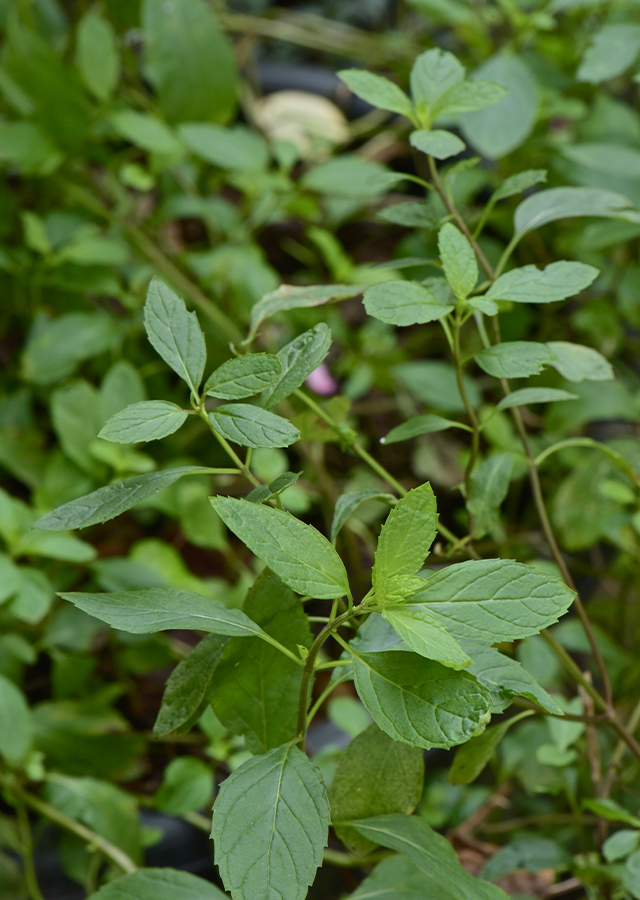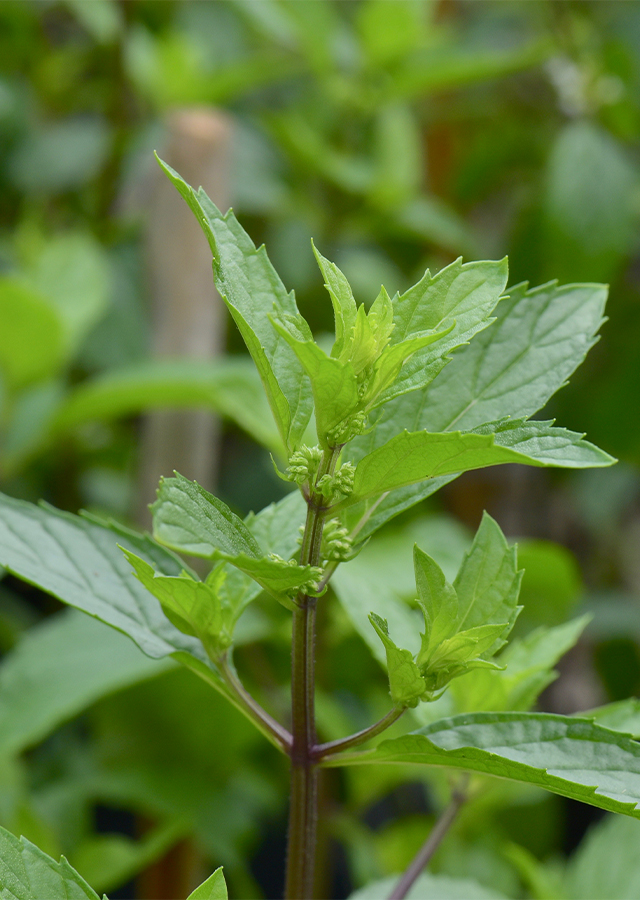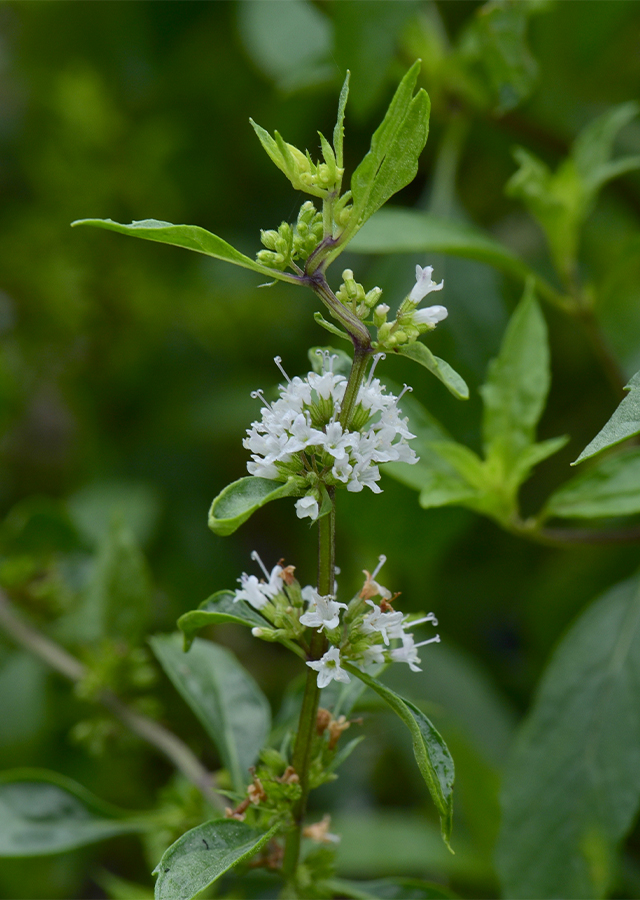Traditional Herbs from Mentha arvensis
sore_throat_or_antiseptic_mouth
- Boil 1-3 g of peppermint leaves in 2 glasses of water until it boils and 1 glass of water remains. Cool, strain and drink at once.
- Drink 3 times a day.
What is Mentha arvensis Looks like??



Parts of Mentha arvensis that could be used
- Leaf
Mentha arvensis Distribution
Peppermint is a native plant from Europe and the Middle East, but can come from subtropical areas, around the Mediterranean (Mediterranean Sea). According to history, its spread to Asia is thought to have come from Europe, where it was initially spread by the Spanish in the Malay Peninsula and Singapore. This mint leaf plant has been widely cultivated in California, Washington, Michigan, Ohio, and Japan since 1,500 AD. The leaves can be used as a flavoring in salads or cooked foods, mixed in tea drinks, and are also used in traditional medicine.Agroecology of Mentha arvensis
Grows well at an altitude of 100-700 m above sea level. Likes humid areas, rainfall 2,000-4,000 mm/year, full light intensity, temperature 20-30 �C, loose soil conditions, well-drained, soil pH 5.5-7. Intolerant of drought conditions and waterlogging.�
Morphology of Mentha arvensis
- Roots\u00a0strong fibers.
- Stems\u00a0quadrangular, purplish green, sympodial branching.
- Leaves\u00a0ovate or elliptical, dark green with reddish veins, pointed leaf tip and base and serrated leaf edges and rough surface.
- Flowers\u00a0small, bell-shaped, grow in groups, coiled in the leaf axils.Has 4 corolla strands, light purple or white.\u00a0
- Seeds\u00a0are small and black. In Indonesia, they rarely produce seeds.
Cultivation of Mentha arvensis
Vegetative propagation via cuttings (shoot cuttings, stem cuttings and stolon cuttings).�
Mentha arvensis, more details :
Chemical Content of Mentha arvensisMenthol, menthone, methyl acetate, phenolics, rosmarinic acid, flavonoids (eriocitrin, luteolin and hesperidin), isomenthone, neomethylacetate, piperitone, pulegone, limonene.
Benefits of Mentha arvensis
Relieves itching due to allergies, sinusitis, headaches, sore throats, overcomes flatulence, maintains dental health, relieves menstrual cramps, has activity as an analgesic, cytotoxic, anti-inflammatory, antioxidant, anticancer, antimicrobial.
Simplisia of Mentha arvensis
- Take a few mint leaves, wash them thoroughly in running water and drain them.
- Place the leaves on a tray, cover the leaves with a black cloth and dry them in the sun until they dry evenly (the leaves crumble easily when squeezed).
- After dry, grind the leaves until they become powder.
- Store in a closed, airtight container and place in a cool place
Another Facts for Mentha arvensis :
Synonym of Mentha arvensisCalamintha arvensis (L.) Garsault, Mentha agrestis Sole, Mentha agrestis Hegetschw.
Habitus of Mentha arvensis
Herb. Annual herb, reaches 0.5-1 m in height
Habitat of Mentha arvensis
- Forest
- Bush Area
No comments:
Post a Comment